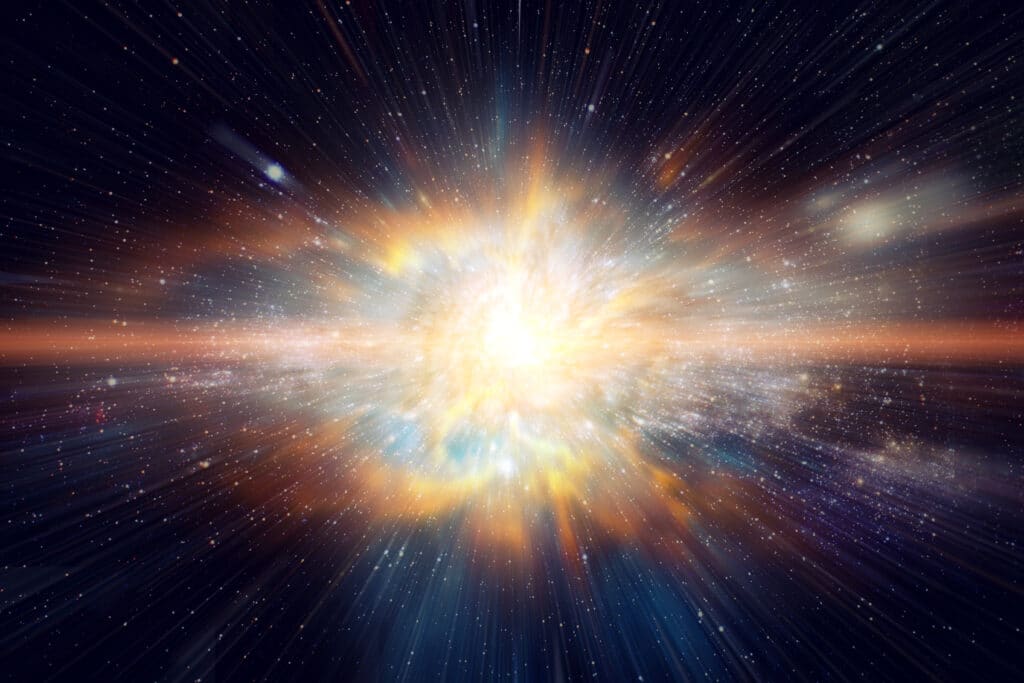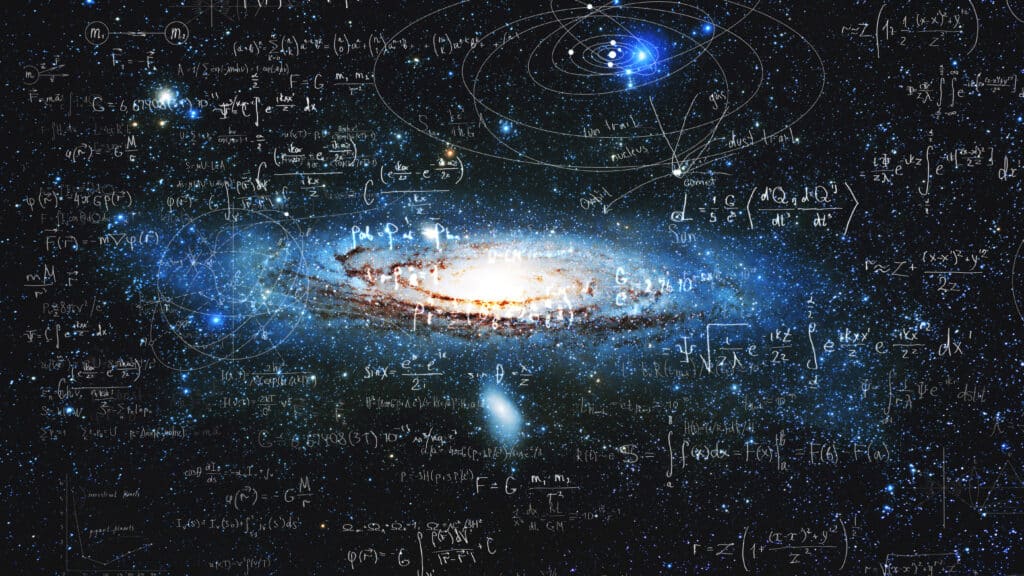Study sheds light on the origins of matter and the nature of the early universe
Astronomers from the University of Florida have found compelling evidence of a long-sought symmetry violation at the moment of the universe’s birth. The findings reveal a preference for certain shapes over their mirror images during the early stages of the cosmos, offering insights into the fundamental laws of physics and the existence of matter itself.
The concept of symmetry, which assumes that physical laws are perfectly balanced, has been a cornerstone of physics for generations. However, the messy and complex nature of our universe challenges this notion. Since the 1960s, scientists have recognized that a form of symmetry breaking must have occurred to explain the prevalence of matter over antimatter, a vital factor for the existence of galaxies, stars, planets, and life itself.
The University of Florida astronomers examined an astonishing million trillion three-dimensional galactic quadruplets to identify the first signs of this necessary symmetry violation. Known as parity symmetry violation, this phenomenon points to a brief period in the early universe when the laws of physics differed from those observed today, fundamentally shaping the evolution of the cosmos.
The study’s primary implications are twofold. Firstly, the identified parity violation confirms a central component of the Big Bang theory, suggesting that this violation occurred during an epoch of extreme inflation shortly after the universe’s inception. Secondly, this violation provides a potential answer to one of cosmology’s most profound questions: why there is something rather than nothing. The prevalence of matter, resulting from the imbalance between matter and antimatter, is crucial for the formation of galaxies, stars, planets, and life as we know it.
Zachary Slepian, a professor of astronomy at the University of Florida and the study’s supervisor, expressed his fascination with the universe’s fundamental mysteries and the broader implications of the research. “I’ve always been interested in big questions about the universe. What is the beginning of the universe? What are the rules under which it evolves? Why is there something rather than nothing?” he says in a statement. “This work addresses those big questions.”

Slepian and his team collaborated with Jiamin Hou, a UF postdoctoral researcher, and Robert Cahn, a physicist from the Lawrence Berkeley National Laboratory, to analyze the immense dataset. Their calculations involved studying a trillion imaginary tetrahedrons for each of a million galaxies, requiring sophisticated mathematical formulas and significant computational power. The team employed UF’s HiPerGator supercomputer to run thousands of analyses to validate their findings.
The statistical significance of the results, measured at a degree of certainty known as seven sigma, supports the existence of parity violation. In physics, a sigma value of five or higher indicates a reliable result with minimal chances of occurring by chance alone. Although further investigations are needed to ascertain whether the universe prefers “right-handed” or “left-handed” shapes, the evidence of a universal preference is undeniable.
While the study provides strong evidence for the violation of symmetry, it does not explain the abundance of matter in the universe. Addressing this crucial aspect will require advancements in physics beyond the Standard Model, which currently explains our known universe. Nevertheless, the findings indicate that an asymmetry existed during the early moments of the Big Bang, setting the stage for further scientific exploration and the development of theories to explain the universe’s mirror-image preference and the excess of matter.
As scientists continue to delve into the mysteries of the cosmos, the race is now on to formulate a comprehensive theory that elucidates the origins of matter and the asymmetries observed in the early universe.
The research is published in the journal Monthly Notices of the Royal Astronomical Society.













A universe primed for life needs to have a preference so that biology can form. It’s like all screws must be right handed or confusion will rain.
Music theory is right handed. Color is right handed and so is the electromagnetic spectrum.